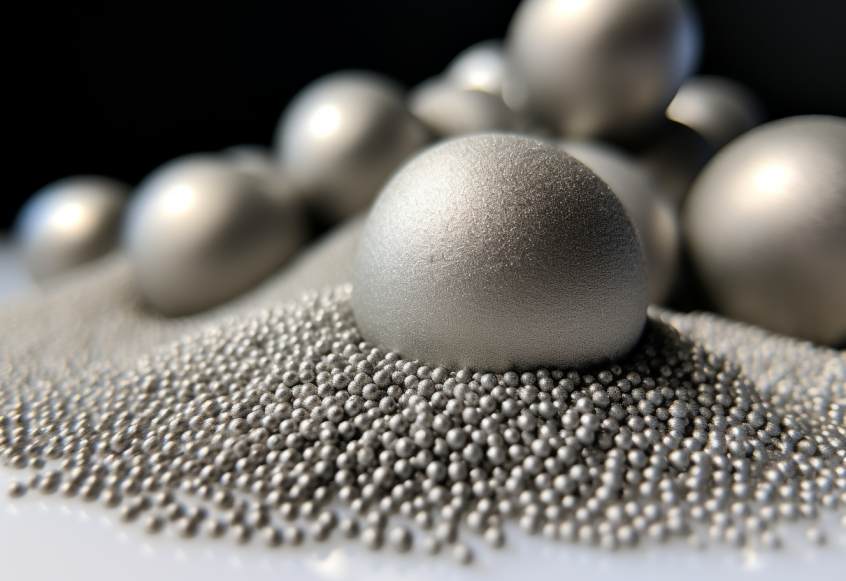In the realm of metal powders, nickel holds a significant place due to its versatility and wide-ranging applications. Recently, the emergence of spherical nickel powder has sparked considerable interest, prompting comparisons with traditional nickel powder. In this article, we delve into the distinctions between these two forms of nickel powder and explore the scenarios where each shines.
Particle Morphology: Spherical vs. Irregular
The most noticeable difference between spherical nickel powder and traditional nickel powder lies in their particle morphology. Spherical nickel powder is characterized by its uniform, spherical particle shape, while traditional nickel powder consists of irregularly shaped particles. This distinction plays a pivotal role in various aspects of their performance and applications.
Flowability and Packing Density
Spherical nickel powder’s uniform shape offers enhanced flowability and packing density. During manufacturing processes like additive manufacturing, the particles flow smoothly and evenly, resulting in higher material utilization and reduced powder wastage. In contrast, traditional nickel powder’s irregular particles can lead to uneven flow, resulting in challenges during processing and decreased packing density.
Porosity and Structural Integrity
The shape of nickel powder particles directly impacts the porosity and structural integrity of the final product. Spherical nickel powder’s uniform packing leads to reduced porosity and improved mechanical properties. This makes it an excellent choice for applications where high strength and dimensional accuracy are paramount. Traditional nickel powder, due to its irregular particles, can result in higher porosity levels and reduced structural integrity.
Surface Quality and Finish
Spherical nickel powder’s uniform particle size distribution contributes to smoother surfaces and finer finishes in products. This is particularly crucial in industries where aesthetics and surface quality play a significant role. On the other hand, traditional nickel powder’s irregular particles can lead to rougher surfaces and increased post-processing requirements.
Applications and Industries
The choice between spherical nickel powder and traditional nickel powder largely depends on the specific application and industry requirements. Spherical nickel powder’s advantages make it a prime candidate for additive manufacturing, aerospace components, and electronics, where precision and performance are essential. Traditional nickel powder remains relevant in applications that don’t require the same level of uniformity and performance, such as certain types of coatings and metallurgical processes.
The Road Ahead
Both spherical nickel powder and traditional nickel powder have their distinct roles in the realm of material science and manufacturing. As industries continue to innovate and push boundaries, the choice between these two forms of nickel powder will depend on the specific performance criteria, design requirements, and production methods.
In conclusion, the comparison between spherical nickel powder and traditional nickel powder underscores the critical role that particle morphology plays in material performance and applications. While each form has its advantages, the choice ultimately depends on the unique demands of the project and the desired outcome.
For more information about spherical nickel powder or spherical powder for 3d printing, please visit https://www.sputtertargets.net/.



